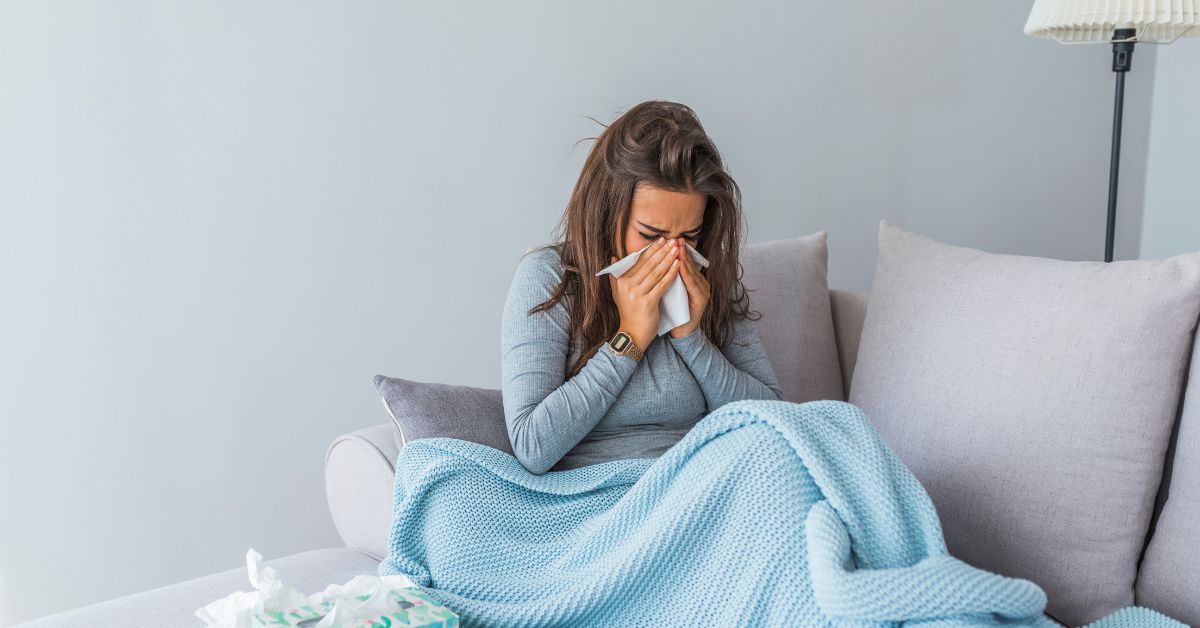For asthma sufferers, dealing with fall allergies can be particularly challenging as the combination of allergens and triggers can increase respiratory symptoms. However, with proper planning and proactive measures, you can cope with fall allergies and reduce the impact on your asthma.
We spoke with Mohamad Abul-Khoudoud, MD, who practices at Mercy Health — Paducah Pulmonology, for his guidance on how to manage allergies and asthma during the fall.
“The best guidance I can give my patients is that we want to prevent an asthma attack,” he explains. “And the BEST way to do that is to stop it before it starts. Prevention is the key!”
First, identify your allergens.
Understanding which allergens trigger your symptoms is crucial. Common fall allergens include pollen from ragweed, mold spores, dust mites and indoor pet dander.
“I suggest first keeping a journal to track your symptoms as well as which pollens are high that day,” Dr. Khoudoud says. “The next step would be consulting one of our ear, nose and throat specialists to identify your specific triggers through testing.”
Next, track pollen count.
Monitor local pollen counts and limit outdoor activities during peak pollen times. This is typically in the morning and on windy days. Check weather apps and news websites for information for your location.
Keep your keep windows and doors closed.
Keep the outdoor allergens outside! This will limit how much of those triggers are in your home, especially during peak pollen seasons. However, this means you may have to run your air conditioner longer than you planned to maintain a comfortable indoor environment.
Be sure to utilize air purifiers and control humidity.
Invest in air purifiers with HEPA filters to help remove allergens from the air in your home. Put them in your bedroom and other commonly used areas to reduce exposure. Fall weather can be damp, which makes it a perfect environment for mold growth. Dehumidifiers can help maintain indoor levels below 50 percent and prevent mold.
Clean regularly and create a “safe zone.”
Clean your home regularly to reduce dust and allergens. Vacuum carpets and upholstered furniture with HEPA filter-equipped vacuums. Don’t forget to wash your sheets and even curtains frequently in hot water to eliminate dust mites. Lastly, create a specific area in your home, such as your bedroom, as an allergen-free zone. Keep pets out of it to cut down on pet dander.
Mask up to avoid outdoor allergens.
When working or spending time outdoors, wear a mask to reduce breathing in allergens. After spending time outside, change your clothes and take a shower to wash off any lingering irritants.
Always follow your asthma action plan.
Make sure you have an up-to-date asthma action plan from your health care provider. Include daily asthma management and what to do in case of worsening symptoms or an asthma attack.
Have your medications with you at all times.
“You should always carry your asthma medication, including inhaler with you,” Dr. Khoudoud shares. “Don’t wait for symptoms to become severe before using your medications.”
Get the flu vaccination.
Fall is also the season for flu outbreaks, and that can increase asthma symptoms. Get a flu shot to protect yourself and reduce the risk of infection and complications.
And finally, talk with your health care provider.
Regularly connect with your health care provider about allergy and asthma management. They can adjust your treatment plan if needed and provide additional guidance to cope with the fall season.
By following these tips and staying proactive about your health, you can manage fall allergies and asthma, leading to a more comfortable and healthier season.
Learn more about the pulmonology and respiratory care services we offer at Mercy Health.






